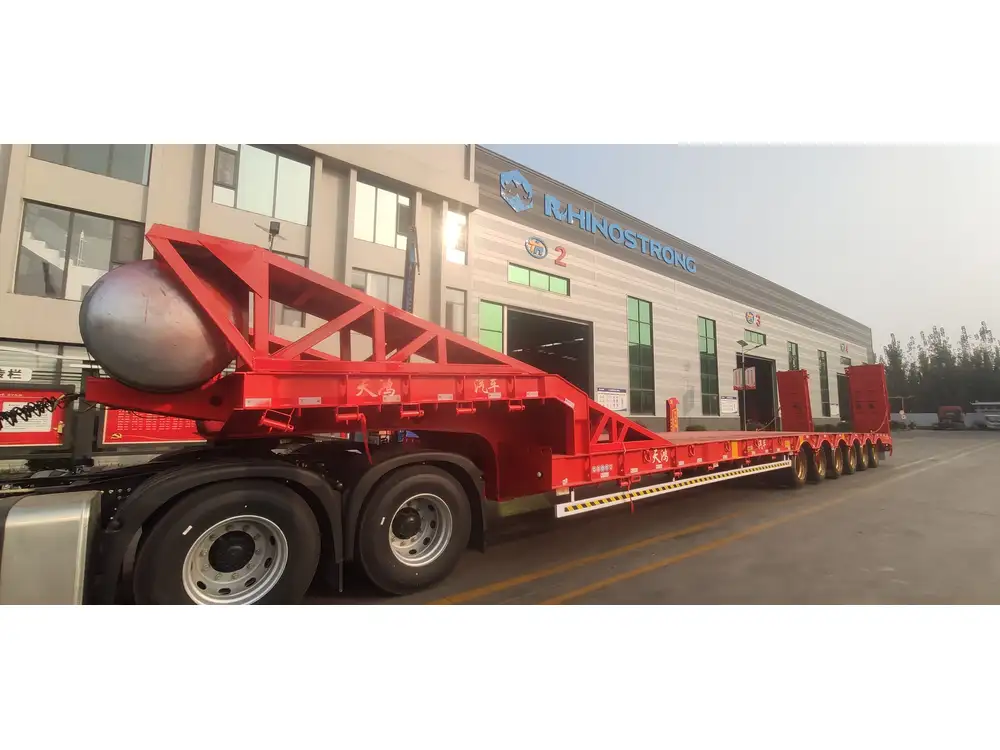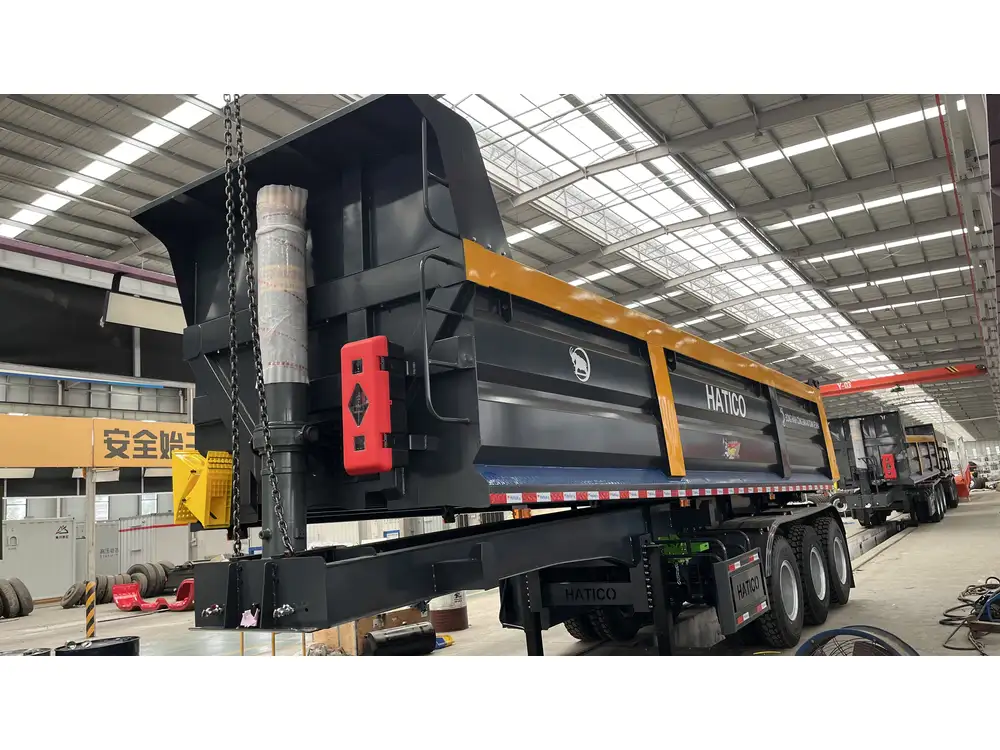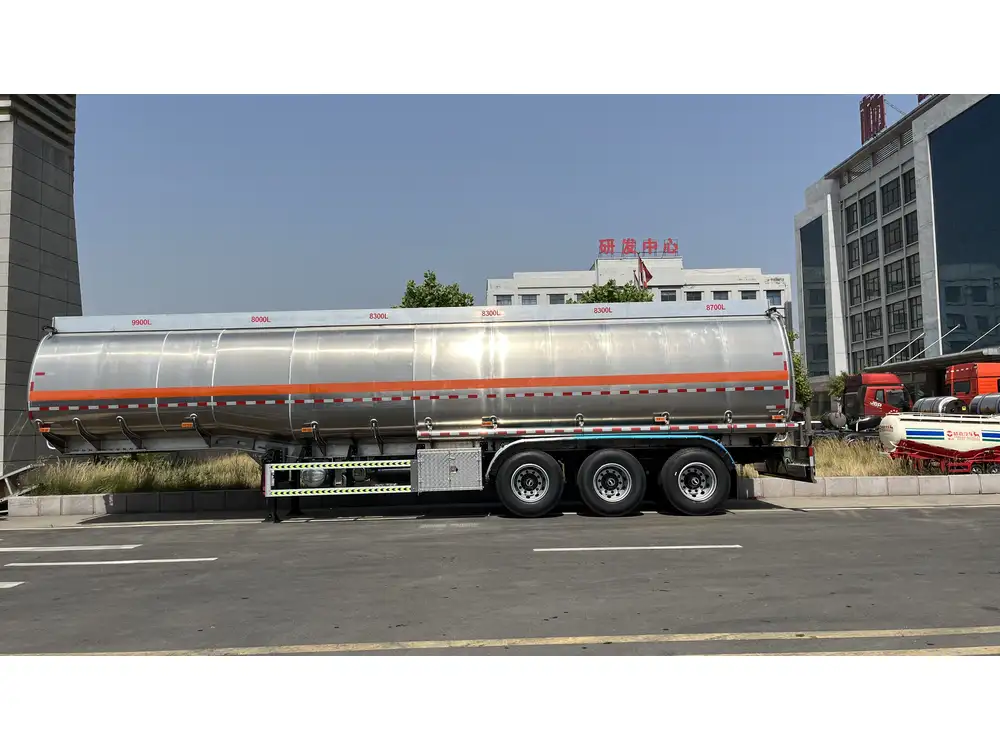Loading a propane tank onto a trailer may seem straightforward, but it involves specific protocols to ensure safety and compliance with regulations. This comprehensive guide provides step-by-step instructions, safety protocols, and critical considerations to ensure you load your propane tank securely.
Understanding Propane Tanks: Types and Specifications
Before delving into the loading process, it’s vital to understand the various types of propane tanks and their specifications. The most prevalent types are:
| Type of Propane Tank | Capacity | Common Uses |
|---|---|---|
| Portable Cylinder | 20 lbs | Outdoor grilling, small appliances |
| 100 lb Cylinder | 100 lbs | Heating, barbecue grills, RVs |
| ASME Tank | 500-1000 lbs | Permanent installations, large vehicles |
| Propane Bobtail | 3000-6000 lbs | Commercial distribution |
Key Specifications to Note:
- Weight Limitations: Ensure that the combined weight of the propane tank and trailer does not exceed the gross vehicle weight rating (GVWR).
- Pressure Ratings: Different tanks have varying pressure ratings; verify your tank’s specifications to ensure compatibility with the trailer.
- Fitting Sizes: Ensure you have a compatible nozzle and fittings before loading.

Essential Safety Equipment for Loading
To ensure a safe loading process, gather the following equipment:
- Safety Goggles: Protect your eyes from potential gas leaks.
- Gloves: Use work gloves to protect your hands from sharp edges and chemicals.
- Proper Ventilation: Ensure the loading area is well-ventilated to avoid gas accumulation.
- Fire Extinguisher: Always have a fire extinguisher rated for flammable gas nearby.
- Transport Lock: Use a locking mechanism to secure the tank during transit.
Step-by-Step Instructions for Loading a Propane Tank on a Trailer
Step 1: Preparation
- Clear the Area: Ensure the loading area is free of obstructions.
- Inspect the Trailer: Check for any visible damage or wear.
- Check for Leaks: Use soapy water on hoses and fittings to spot potential leaks on the propane tank.

Step 2: Positioning the Tank
- Lift with Care: Use proper lifting techniques to avoid injuries. Bend with your knees, not your back.
- Use a Dolly (if necessary): For heavier tanks like ASME tanks, use a dolly to facilitate movement.
Step 3: Securing the Tank
- Align the Tank: Position the tank centrally on the trailer’s loading area. Ensure it is facing upright.
- Strap the Tank: Use high-strength tie-down straps to secure the tank. Ensure the straps are tight but not overly constrictive.
- Ensure Stability: If using multiple tanks, stagger them for balance.
Step 4: Final Safety Checks
- Inspect Connections: Double-check all connections to ensure they are secure.
- Verify Stability: Shake the tank gently to ensure it’s stable and not shifting.

Common Mistakes to Avoid When Loading Propane Tanks
- Neglecting Weight Distribution: Imbalanced loading can lead to swaying and potential accidents.
- Skipping Safety Equipment: Always use full safety gear, as neglecting it could lead to injuries in the event of an accident.
- Overloading the Trailer: Ensure you adhere to the weight limits to maintain vehicle control.
Legal Considerations for Transporting Propane Tanks
Regulations to Understand
- Department of Transportation (DOT) Regulations: Be aware of local and federal regulations regarding transporting hazardous materials. This includes proper labeling, handling procedures, and documentation.
- State and Local Laws: Each state may have specific regulations concerning propane transport. Familiarize yourself with these laws to avoid penalties.

Documentation Requirements
- Shipping Papers: Keep a copy of shipping papers that detail the contents and origin of the propane tanks.
- Emergency Response Information: Have information readily available in case of an emergency.
Best Practices for Unloading Propane Tanks
- Inspect for Damage: Check the tank for any signs of damage incurred during transport before unloading.
- Use Appropriate Gear: Always wear gloves and goggles during the unloading process.
- Follow the Same Safety Protocols: Maintain the same level of caution you used while loading.
Step-by-Step Unloading Process
- Position Your Trailer: Back the trailer to a flat, stable surface.
- Unstrap Securely: Carefully unbuckle the straps while ensuring the tank remains stable.
- Lower the Tank: Use a dolly where applicable, and carefully lower the tank onto the ground.

Best Practices for Propane Tank Maintenance
Maintaining your propane tanks is crucial for safety and longevity. Regular inspections and upkeep are advisable, which include:
| Maintenance Task | Frequency | Action Items |
|---|---|---|
| Visual Inspection | Monthly | Check for rust, corrosion, and damage. |
| Pressure Testing | Annually | Ensure all components meet safety standards. |
| Valve and Fitting Check | Before each use | Verify all connections are secure and leak-free. |
Following these maintenance guidelines will ensure that your tanks remain in optimal condition, contributing to both safety and efficiency.
FAQs About Loading and Handling Propane Tanks
Q: Is it safe to transport a propane tank upright?
Yes, propane tanks should always be transported upright to prevent gas leaks and ensure even weight distribution.

Q: What should I do if I smell gas?
If you detect a gas odor, evacuate the area immediately, avoid using electronic devices, and contact emergency services.
Q: Can I stack propane tanks during transport?
Stacking propane tanks is not advisable. Tanks should be transported in an upright position and secured to prevent movement.
Q: How do I know if my propane tank is empty?
Check the weight of the tank; a significant drop in weight often indicates that it needs refilling. Some tanks also have a gauge to indicate the level.

Conclusion: Your Safety is Paramount
Successfully loading a propane tank on a trailer requires meticulous attention to safety protocols, a thorough understanding of legal requirements, and consistent equipment maintenance. By adhering to the guidelines outlined in this comprehensive article, we aim to equip you with the necessary knowledge to handle propane tanks safely. Remember, safety should always be your top priority when dealing with flammable gases. Following these best practices will facilitate a smooth, compliant, and safe loading experience that not only protects you but also those around you.



